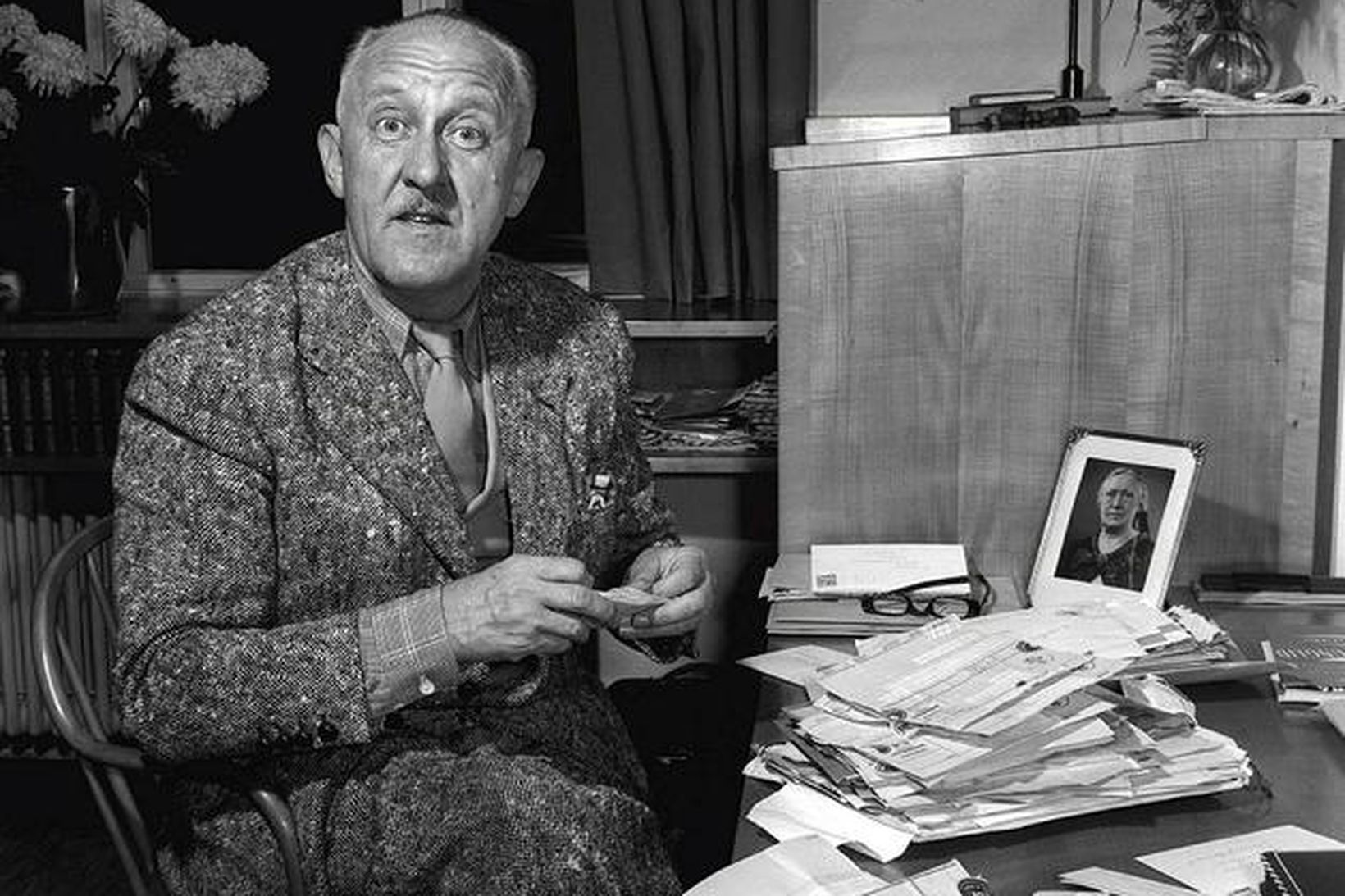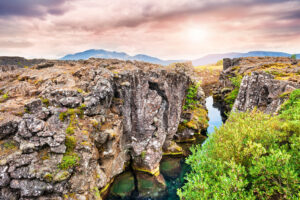The birth of HalldórKiljan Laxness took place in the year 1902 in Reykjavik. However, he has spent his entire youth in the country.
Early years
The birth of HalldórKiljan Laxness took place in the year 1902. His family had relocated to Laxness farm situated in Mosfellssveit parish while he was three years old. He began reading books and had written interesting stories at a very young age. He went to the technical school in Reykjavík from 1915 to 1916. In the year 1916, he had published in the Morgunblaðið newspaper. His first novel called Barn náttúrunnar was published in 1919 while he was traveling on the European continent.
His influence on writing novels
From the time when he had turned 17, he started traveling and living abroad. He lived in different places on the European continent. Expressionism and other modern currents in Germany and France had a great influence on him. In the middle of the twentieth century, he had been converted to Catholicism. Many of his books represented his spiritual experiences, mainly UndirHelgahnúk, 1924. In 1927, he published VefarinnmiklifráKasmír (The Great Weaver from Kashmir), which was his very first significant novel. However, Laxness’s religious influences did not stay for long. During his visit to America, he got attracted to socialism. Alþydubókin (The Book of the People), 1929, depicts his change towards socialism. Laxness settled in Iceland in 1930.
In Summary
- HalldórKiljan Laxness was born on 23rd April 1902 in Reykjavík, the capital city of Iceland.
- His death took place on 8th February 1998(aged 95 years).
- His nationality is Icelandic, although he spent most of his time in other European countries.
- He was married to IngibjörgEinarsdóttir.
- His notable award is the Nobel Prize in Literature.
Three novel cycles
Laxness’s major achievements include his three novel cycles written at the time of thirties, relating to Iceland individuals.
His 3 novel cycles are:
- Þúvínviðurhreini in the year 1931, and Fuglinn í fjörunni in 1932, (both translated as Salka Valka), tell the tale of a poor fisher girl
- Sjálfstættfólk (Independent People) during 1934-35, tells about the fortunes of small farmers.
- While the tetralogy Ljósheimsins (The Light of the World) published during 1937-40, has got its hero as an Icelandic folk poet.
Laxness’s later works are oftenancient and effected by the saga tradition, including:
- Íslandsklukkan (The Bell of Iceland) during 1943-46.
- Gerpla (The Happy Warriors) in 1952.
- Paradísarheimt (Paradise Reclaimed) in the year 1960.
- Likewise, he is the author of the interesting and tight polemicalAtómstöðin (The Atom Station) published in the year 1948.
Later years
During the 1960s, Laxness was extremely active in Icelandic theater. He wrote and shaped plays, the most famous of which was called The Pigeon Banquet (Dúfnaveislan, 1966).
In 1968, Laxness wrote the visionary novel calledKristnihaldundirJökli (Under the Glacier / Christianity at the Glacier).
During the 1970s, he also published what he referred to as “essay novels”
- Innansveitarkronika (A Parish Chronicle, 1970)
- Guðsgjafaþula (A Narration of God’s Gifts, 1972)
None of these were translated into English. Laxness achieved the Sonning Prize in the year 1969.
In 1970, Laxness wrote an effective ecological essay known as Hernaðurinngegnlandinu (The War against the Land). He carried on to publish essays as well as memoirs during the 1970s and 1980s. As he grew older, he suffered from an Alzheimer’s ailment and was transferred to a nursing home later in which he died at the age of 95.
Conclusion
Halldor Laxness is a great novelist in Iceland. He is very popular for his novels and what he called essay novels. His ecological essay became very popular. He won a Nobel Prize for literature and a Sonning Prize. He lived up to 95 years.






